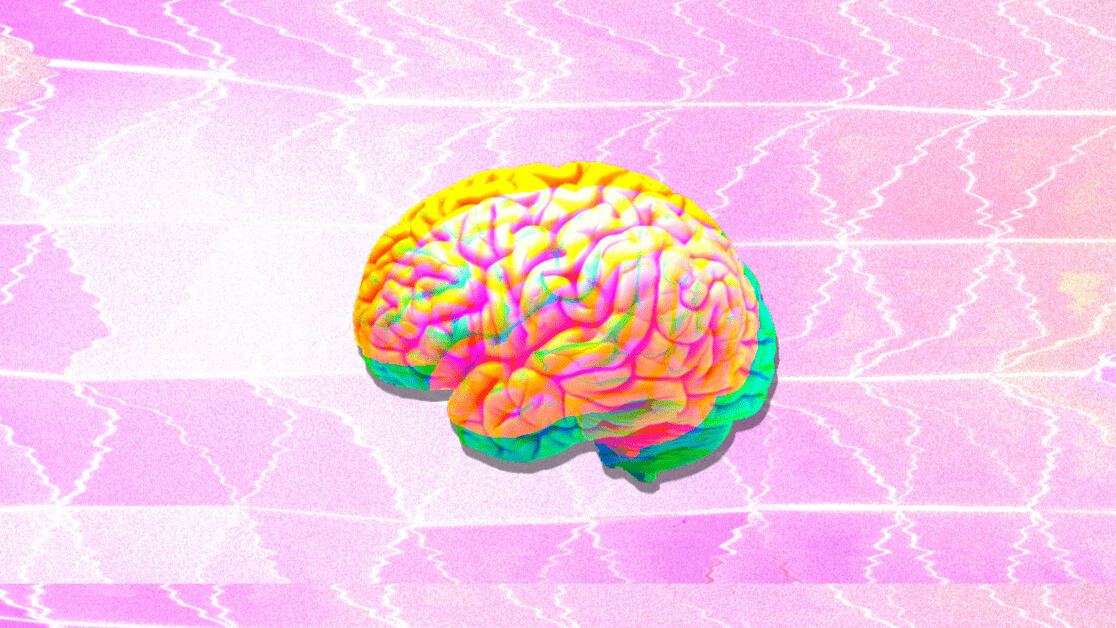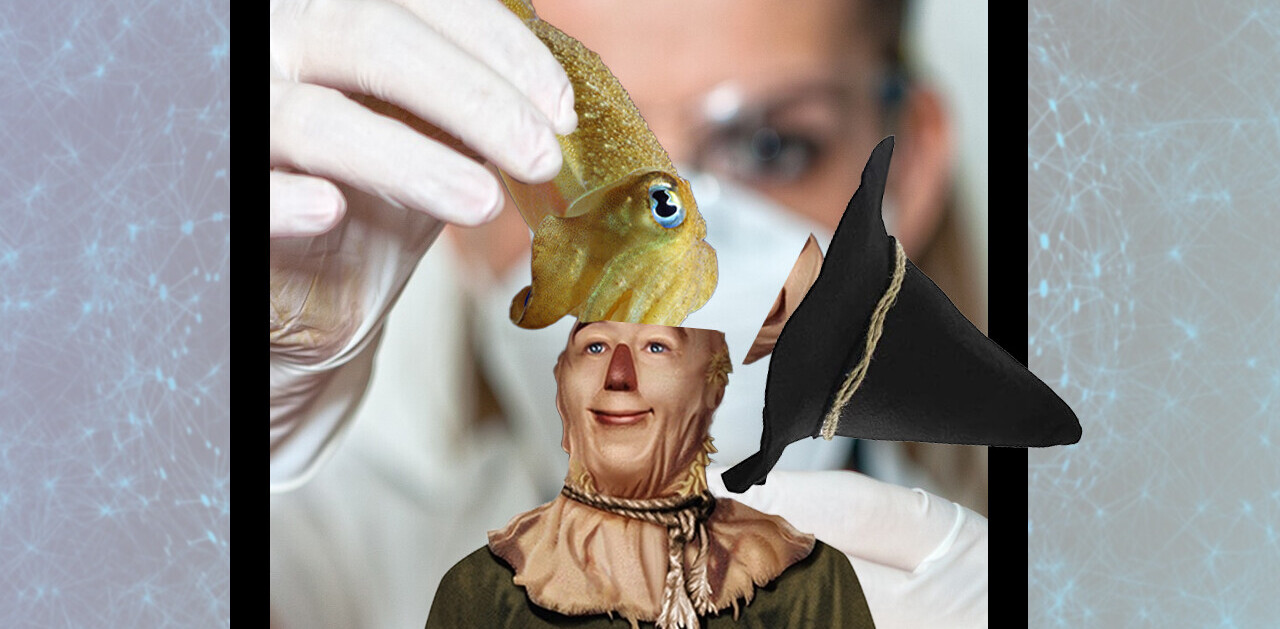
Did you know Nir Eyal, the productivity expert who helped us with this piece, is speaking at TNW2020 this year? Check out his session on ‘Indistractable: How to Control Your Attention and Choose Your Life’ here.
Buster Benson is a former product manager at Slack, who worked previously at Twitter and Habit Labs, and is working on a new book about productive disagreements. In this interview, he chats with Max Ogles about how cognitive biases affect product design.
Q: You recently compiled and organized a list of more than 200 cognitive biases — our tendencies to think and act in quirky ways. What is it that draws you to biases?
Buster Benson: The list of cognitive biases on Wikipedia has been something that I return to a ton, but I have always been frustrated with not having figured it out — not understanding really what it all was to me. A few things bothered me. One of them was my hunch that there aren’t two hundred of them, that there’s actually a much smaller set.
Another one is the quirky nature of this fact that biases are self-referencing systems. We’re trying to understand a broken thinking process with a broken thinking process. It just delights me to see that. I haven’t figured it out, no one else has figured it out, but people are walking around thinking they figured it out. I like to be able to battle that a little bit.
Q: You founded Habit Labs, then worked at Twitter and now Slack. Can you think of a specific example of a bias that you encountered while you were building something?
BB: At Twitter I worked on analytics which is a really interesting one because analytics is data. Any time something is producing data, you become highly sensitized to how that data will be received, then you start to curate it. On analytics, I worked on trying to get “impressions” out. I wanted to get the number of times that people see tweets, available to all users especially business and pro users that are trying to optimize their audience. I fought for many, many months to justify that strategy because on the one hand, data is super valuable to our users because the faster the feedback, the faster you iterate, the faster you learn, the faster you master. We want our users to master their Twitter presence.
[Read:
On the other hand, we don’t want them to get disappointed in the data that they leave. On one hand there’s a system of feedback loops that you if just give them the data, they will iterate quickly. On another hand, we might discourage them entirely and they quit.
Q: What are some biases you’ve encountered with products that help people create productive habits?
BB: Sometimes a habit-changing product wants to be used, but the users want to stop using it. Ultimately they want the habit, they don’t want the product. The habit-changing product is the temporary tool being used to get them from one place to another, but you don’t want to just keep that around versus habit-changing products because they are businesses, they need to make money, they want to continue to be used. They have an incentive to not ever totally empower users to go on their own.
Q: And what do you do in that scenario?
BB: Well, for example, I ran a site called 750 words which is a habit product. It was my first and actually the most successful one, but it’s successful almost in spite of itself because it has almost zero features. But it works because journaling is actually a really great habit, especially private journaling. Incentivizing people to continue using a private journaling product is very easy because the cost of supporting writing is much lower than the benefit that they get out of hearing their own thoughts and working towards these things and understanding themselves better. The habit is not even the goal of the product, it’s something that comes out of it.
Q: In your Habit Summit talk, you’ll be speaking specifically about building better products. Why do you think understanding biases is so important in product design?
BB: Science and technology are striving to solve real problems people have. At pretty much every single stage of the product building process, company building process, the market building process, and culture-building process—it’s like we’re just wasting so much energy, time, money, and effort because we’re falling into these obvious traps.
Q: So where do you look for biases?
BB: If there’s any process in a job, I think your room for improvement is especially around your blind areas and the way that you process information and make decisions and act on them. These are especially poignant in start-ups and platforms in ecosystems where the company in itself is trying to build a system that other people participate in.
Q: What are some behavioral cues that make you think “there’s probably a bias here”?
BB: I think confidence is one. Feeling and uncertainty about data is another one. Whenever you have a lot of options and you find yourself easily making a choice, that’s a big one. Whenever you’re halfway through a project or ninety percent through a project and things are just not working out but you’re continuing, that’s a good one.
These are all the things we do every day, and we all come up with our tricks to work through it. But one of the most interesting ones to me is that we all see ourselves as critical thinkers, but whenever there’s evidence that we aren’t a critical thinker, that’s cognitive dissonance that for the most part goes all the way down to our identity. But none of us are that great at it. It’s still hard to admit that we’re not good at it.
This article originally appeared on Nir & Far. Nir Eyal is the bestselling author of Hooked: How to Build Habit-Forming Products and Indistractable: How to Control Your Attention and Choose Your Life. Nir blogs at NirAndFar.com. Get a complimentary Indistractable workbook here.
Get the TNW newsletter
Get the most important tech news in your inbox each week.




